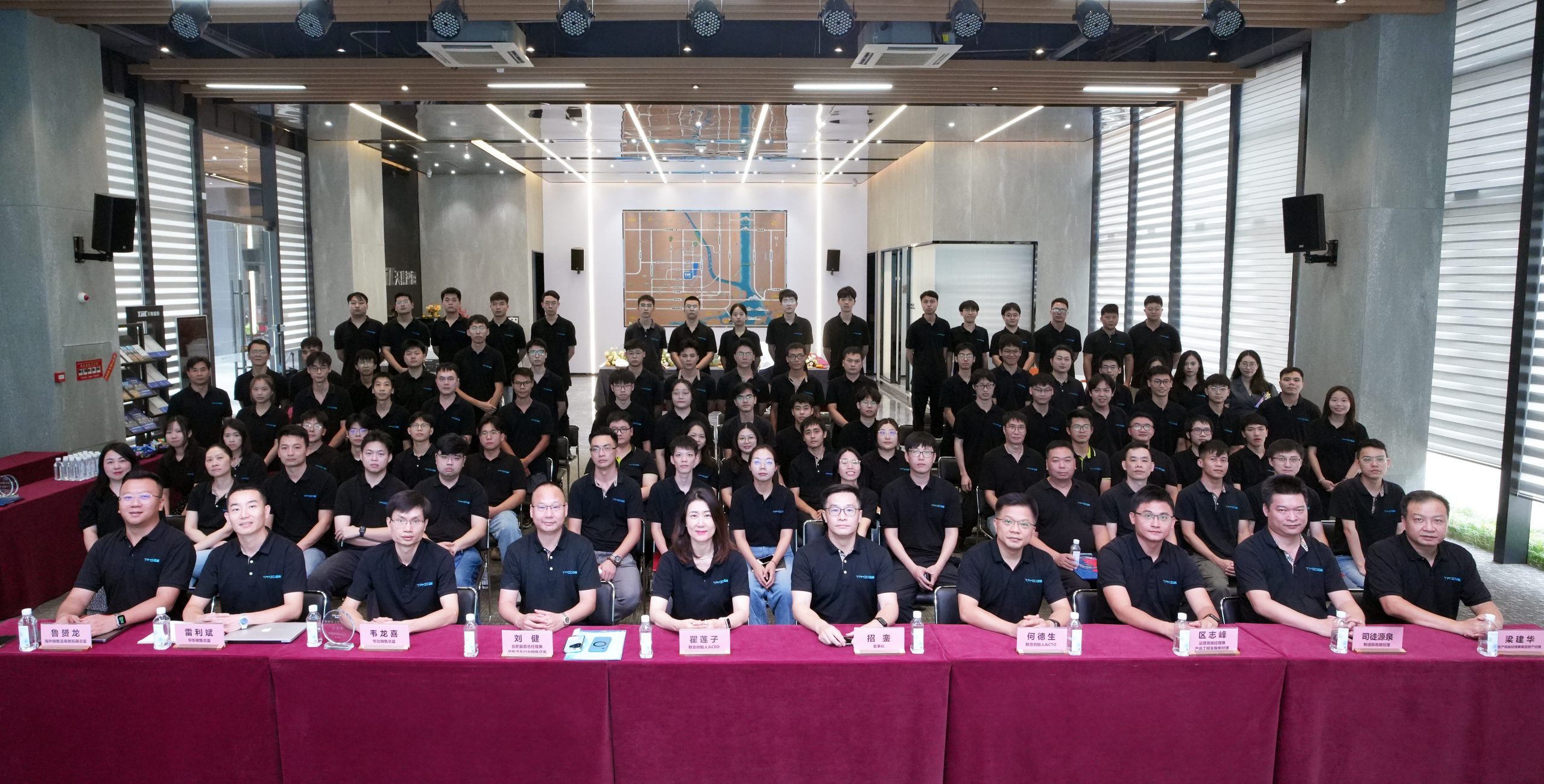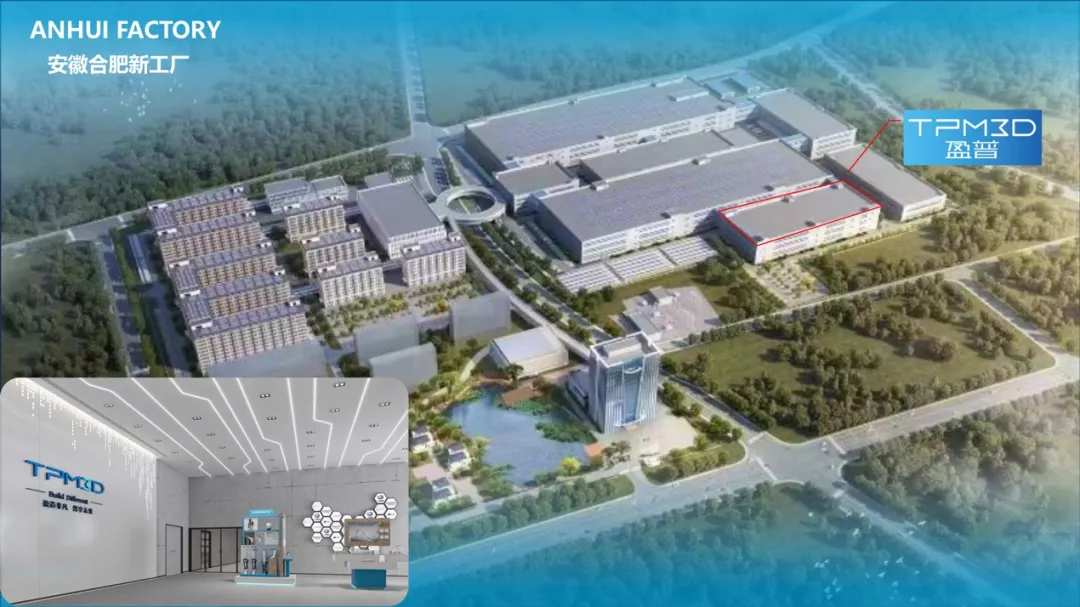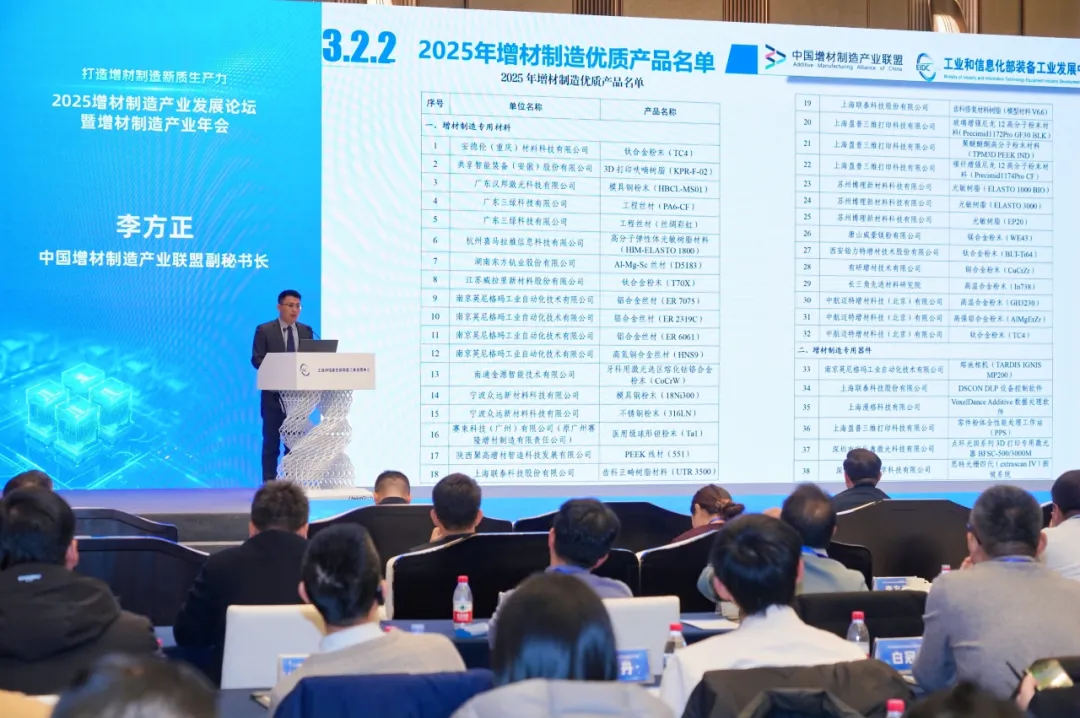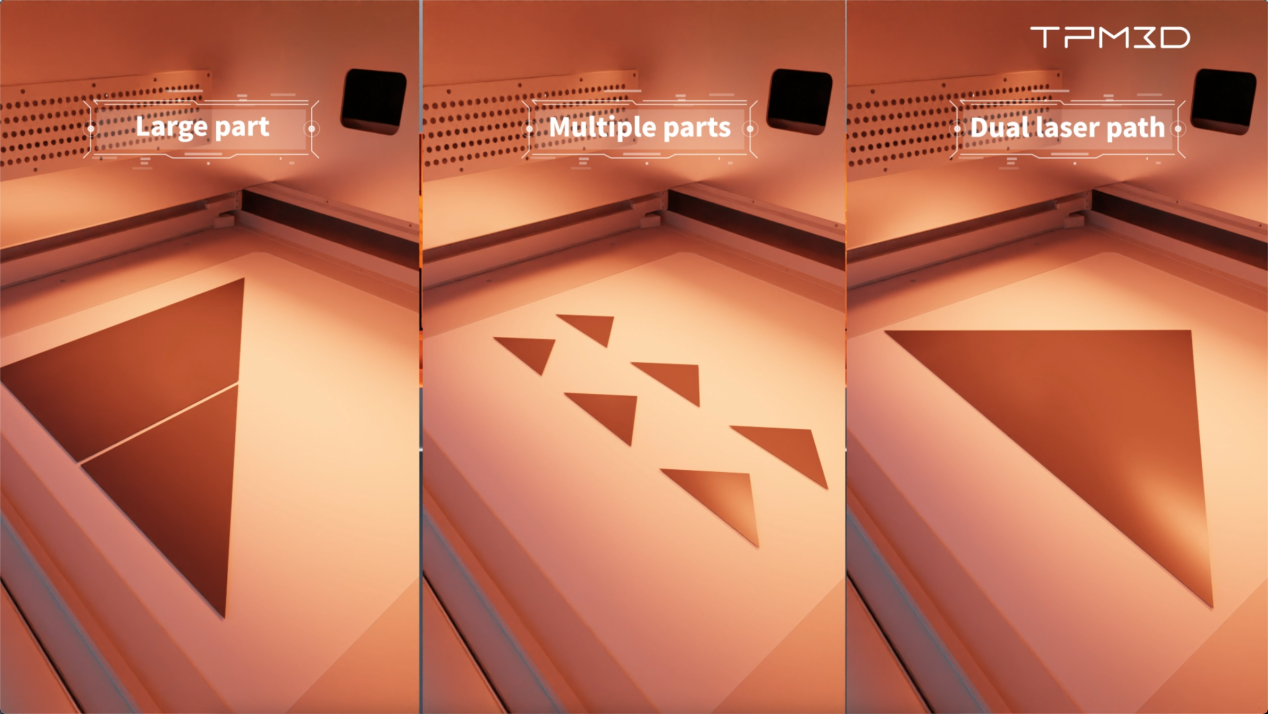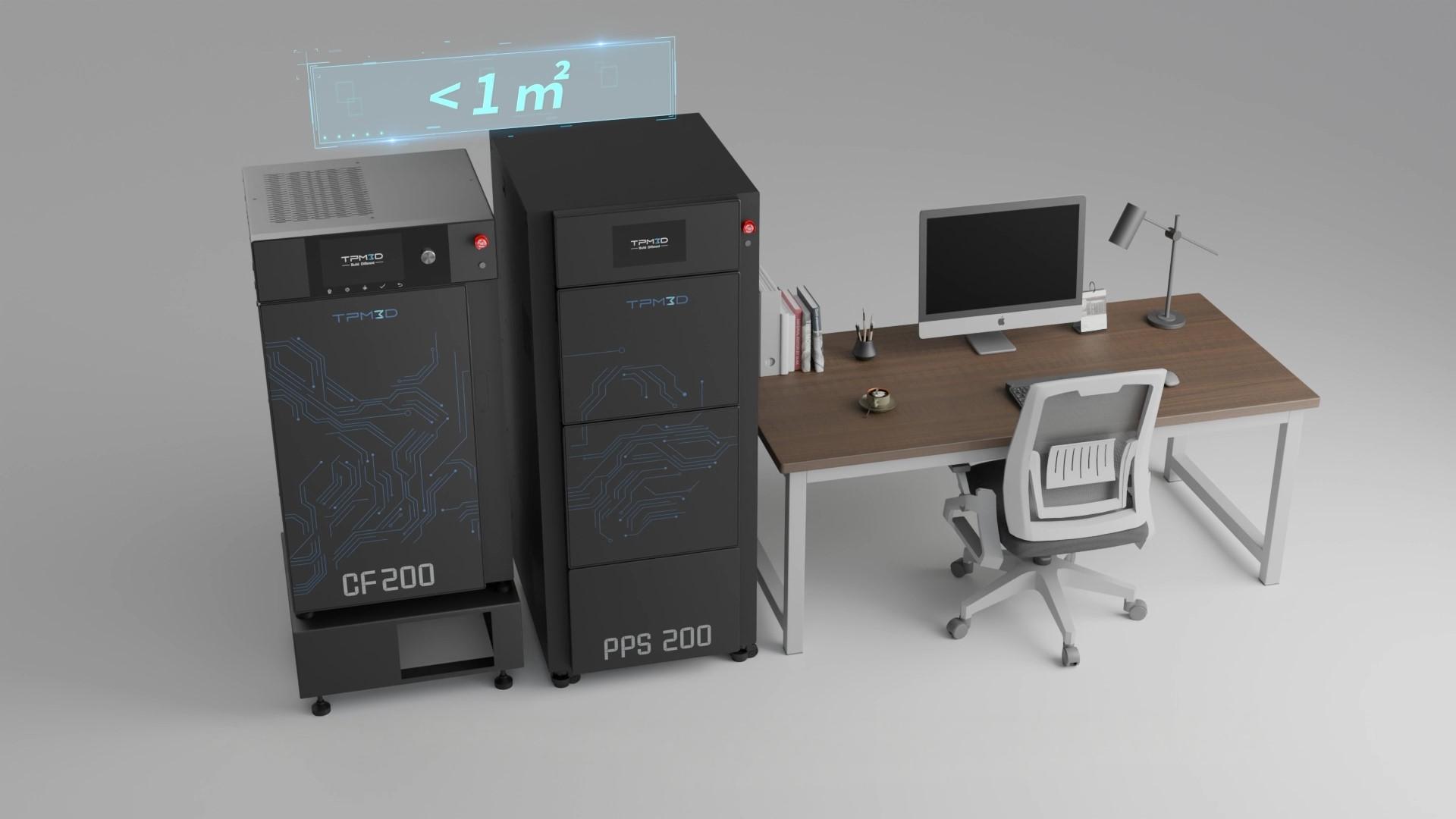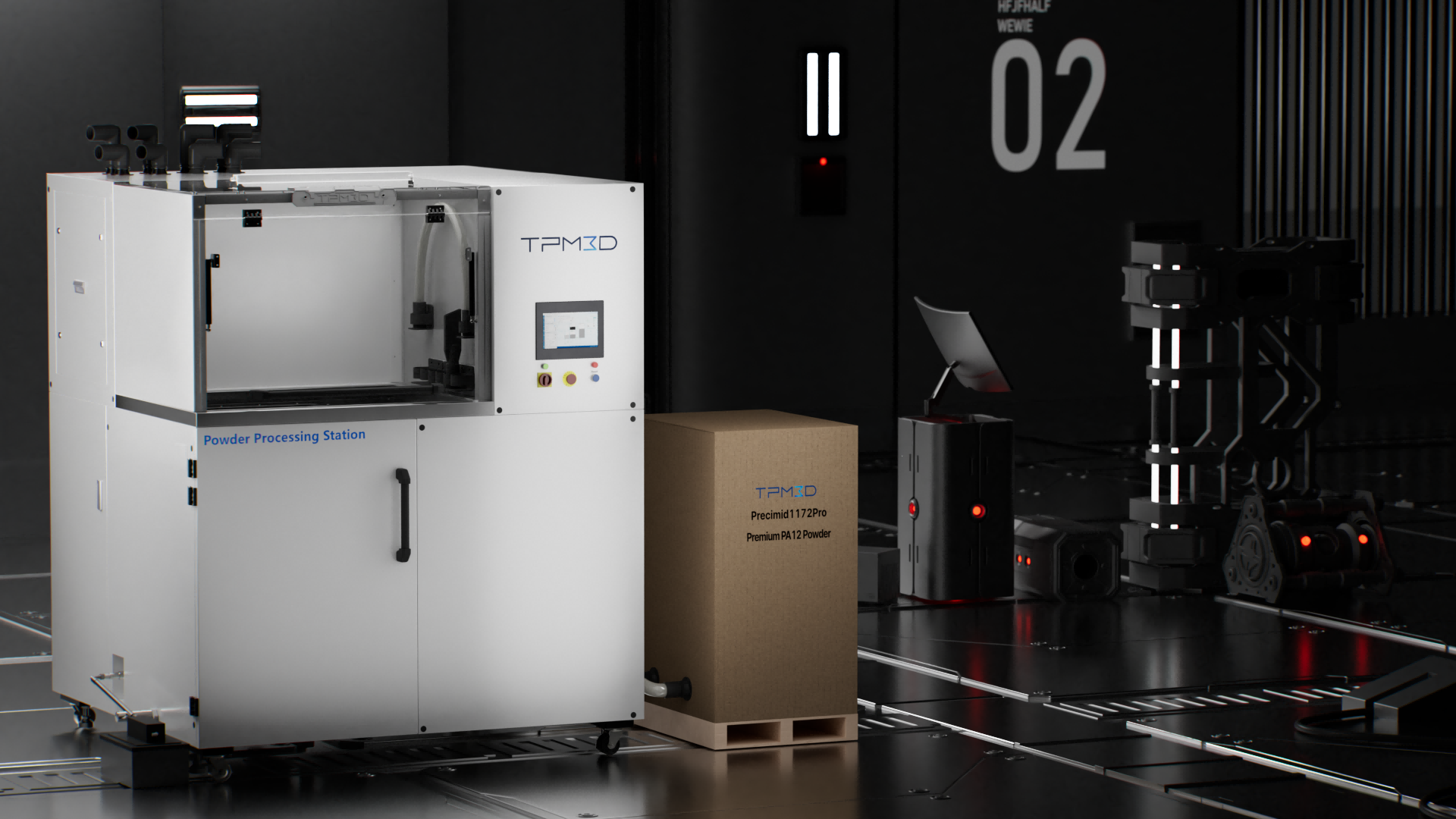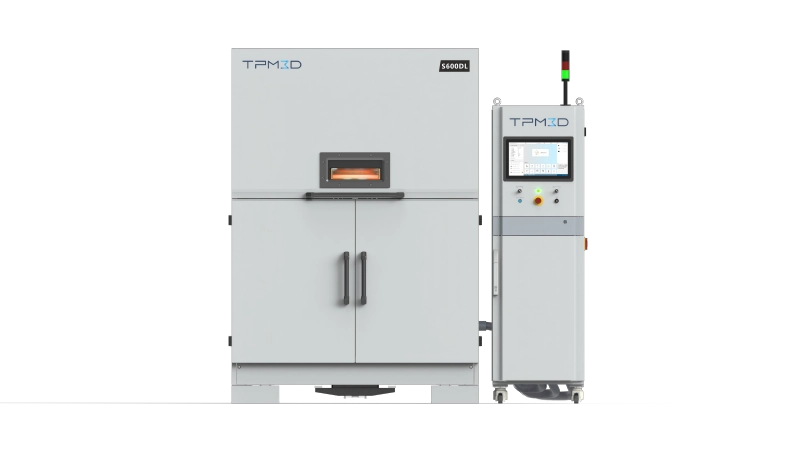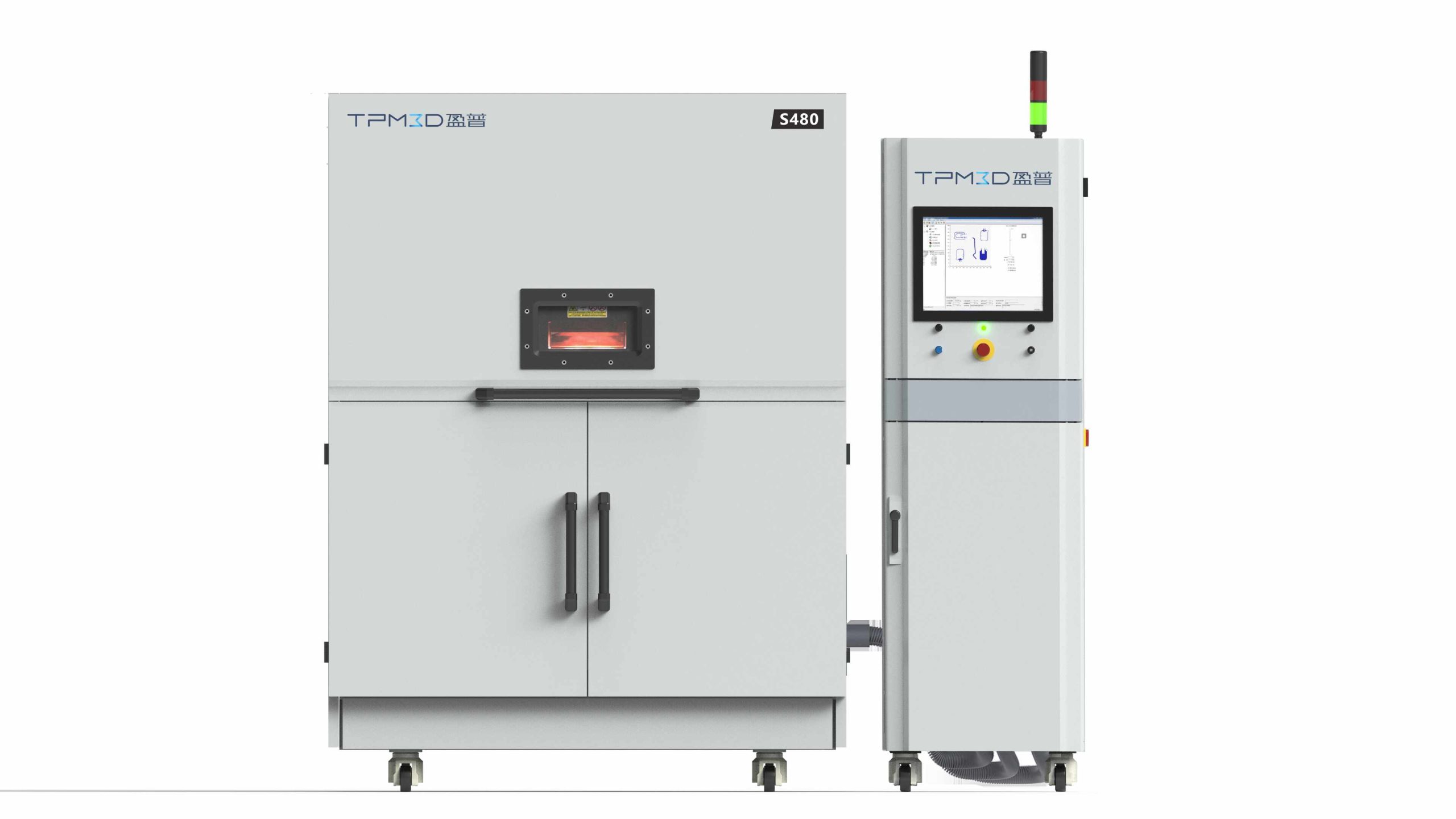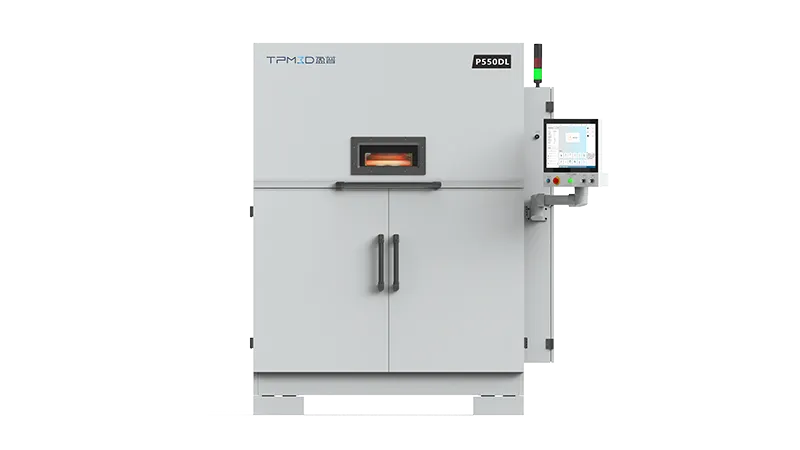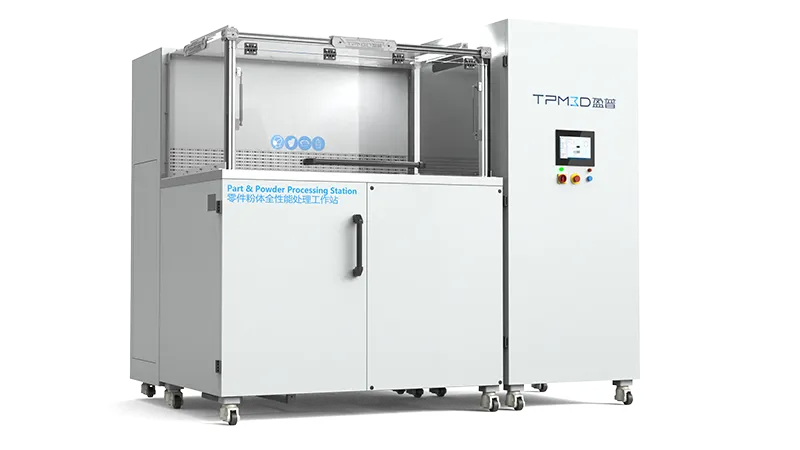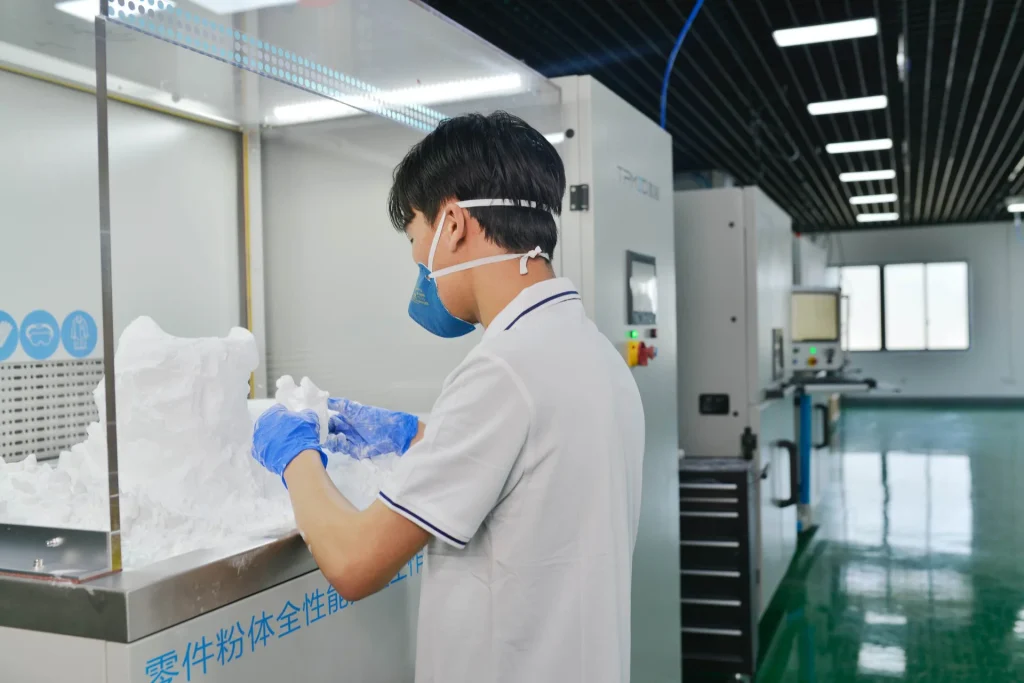At the start of 2025, media outlet Panda3DP launched a special feature titled “2025 Outlook by 3DP Company CEOs.” Ms. Lucy Zhai, CEO of TPM3D, a manufacturer specializing in selective laser sintering (SLS) 3D printing, was invited to share her perspective on the company’s product, technology, and market direction for the year ahead.
2024 Year in Review
In 2024, TPM3D achieved strong growth, with particularly impressive progress in its overseas business. The company’s brand visibility increased significantly, drawing coverage from international media and earning wide recognition at major trade shows such as Formnext and TCT Asia. TPM3D also expanded its team and strengthened its R&D, production, and after-sales service systems, laying a solid foundation for sustainable long-term growth.
Looking Ahead to 2025
In 2025, TPM3D will focus on advancing SLS 3D printing technology, deepening R&D in both equipment and materials, expanding production capacity, and ensuring a reliable supply to meet the evolving needs of global markets.
1. Equipment R&D and Market Expansion
With powder bed 3D printing gaining broader acceptance, products from companies like HP and Formlabs have helped expand the technology’s reach. TPM3D will continue advancing SLS 3D printing on two fronts:
-
Industrial Applications: Developing large-format equipment with four lasers to enable larger part production, improve efficiency, and meet the needs of large-scale industrial manufacturing.
-
Consumer Market: Launching desktop SLS 3D printers designed for small and medium-sized enterprises, offering better cost-performance and user-friendliness to broaden accessibility.
2. Innovative Materials and Applications
TPM3D will also accelerate the development of high-performance materials and new processes to unlock diverse application scenarios.
-
Drone Industry: Introducing carbon fiber-reinforced nylon to achieve lightweight structures with enhanced strength, boosting drone performance.
-
Medical Rehabilitation: Developing a high-toughness nylon material for products such as hand orthoses, ankle braces, scoliosis supports, and spinal surgical braces—combining durability with improved comfort.
With these innovations, TPM3D aims to support the direct production of end-use products via SLS 3D printing. By integrating additive and subtractive techniques, advancing material science, and lowering production costs, the company plans to enable mass production by 2025, helping reshape the additive manufacturing market.
3. Global Expansion and Capacity Upgrade
Powder bed fusion technology has already achieved greater maturity and adoption in international markets. To align with global standards and accelerate its global strategy, TPM3D will continue strengthening its international presence, investing in brand promotion, and expanding its partner network to further build recognition and influence worldwide.
Reflecting on these plans, Ms. Zhai noted:
“I am optimistic about the outlook for the powder bed technology market. Insights from global exhibitions such as Formnext in Germany and Rapid+TCT in the U.S. show that international expansion by Chinese enterprises is not just an option—it is an inevitable trend. TPM3D will seize this opportunity to accelerate strategic deployment and business development overseas.
Chinese companies bring strong advantages in R&D, supply chains, and manufacturing capabilities. However, given the current global political and economic climate, we will take a measured approach—addressing gaps, strengthening our service networks, and enhancing brand reputation to ensure sustainable growth worldwide.”


